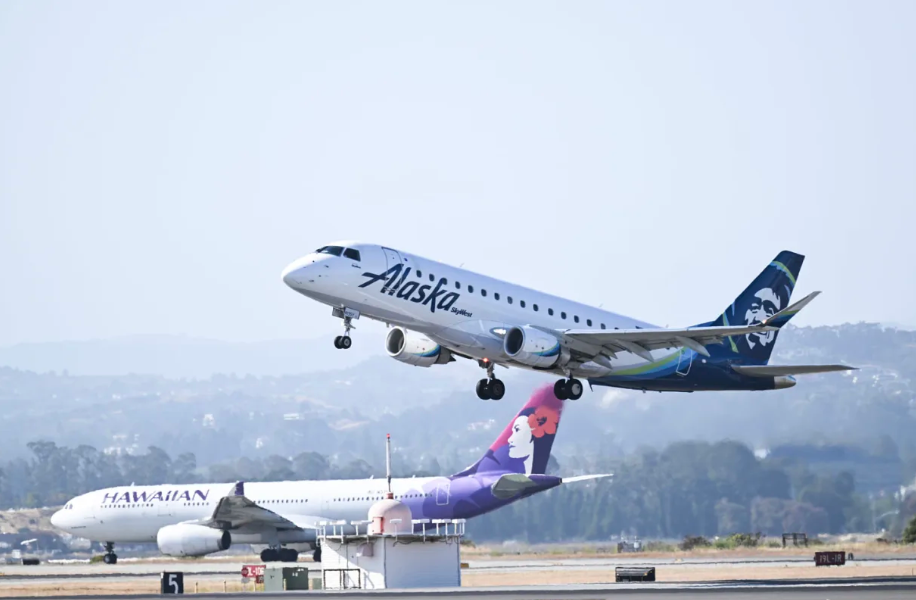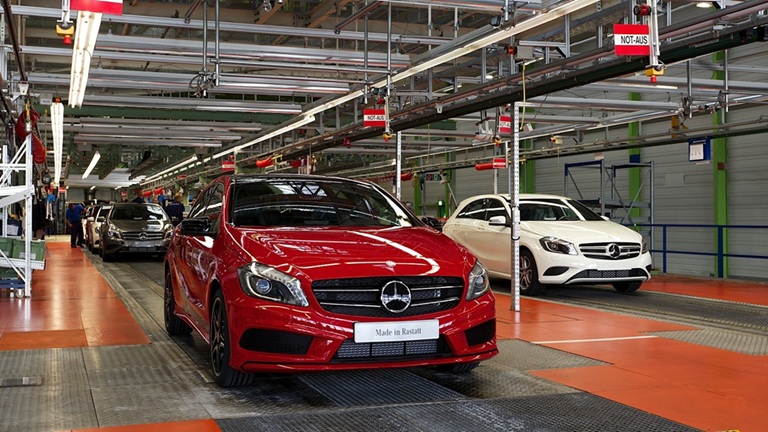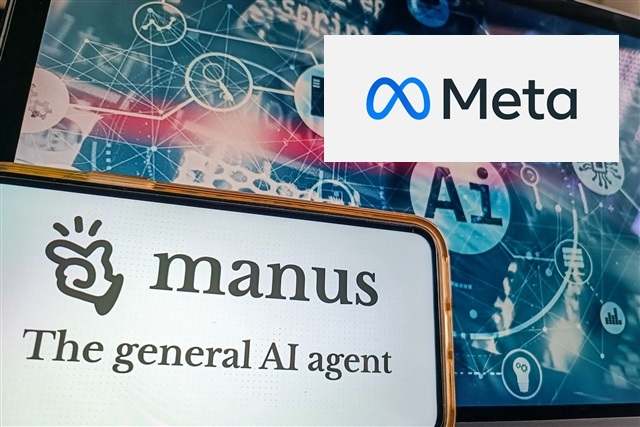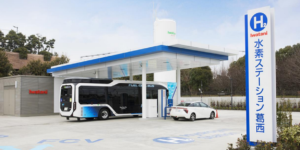In a groundbreaking announcement on Sunday, Alaska Airlines revealed its ambitious move to acquire Hawaiian Airlines for a staggering $1.9 billion. This strategic maneuver aims to catapult the fifth-largest airline in the U.S. to unprecedented heights, expanding its reach and capabilities. However, the move also sets the stage for a potential clash with the Biden administration, reminiscent of recent airline merger controversies.
The decision to keep both the Alaska Airlines and Hawaiian Airlines brands while integrating them into a single operating platform is a testament to the airlines’ commitment to providing passengers with enhanced travel experiences. Ben Minicucci, CEO of Alaska Airlines, expressed enthusiasm about the acquisition, stating, “This combination is an exciting next step in our collective journey to provide a better travel experience for our guests and expand options for West Coast and Hawaii travelers.”
For residents of Hawaii, the acquisition brings a promise of triple the number of destinations with nonstop or one-stop flights. The robust air service connecting the Hawaiian islands will be maintained, ensuring seamless travel for passengers. Notably, Honolulu is slated to become a key hub for Alaska Airlines, facilitating increased connectivity between the West Coast and the Asia-Pacific region.
Peter Ingram, President and CEO of Hawaiian Airlines, emphasized the complementary network and shared culture of service between the two airlines. “With the additional scale and resources that this transaction with Alaska Airlines brings, we will be able to accelerate investments in our guest experience and technology while maintaining the Hawaiian Airlines brand,” he stated.
Passengers can anticipate the consolidation of loyalty program benefits, providing an added advantage to frequent flyers. This move aligns with the airlines’ commitment to delivering enhanced services and benefits to their loyal customer base.
While the acquisition has received approval from both boards, it is expected to undergo regulatory scrutiny and is slated to close within 12 to 18 months. The unfolding scenario bears resemblance to the Department of Justice’s recent efforts to block the merger between JetBlue and Spirit Airlines, citing concerns about limited choices and potential increases in ticket prices for passengers nationwide.
In light of rising domestic airline fares, with the average fare out of Seattle increasing from $293.08 to $409.93 in two years, and Honolulu seeing an increase from $329.93 to $367.94 during the spring, regulatory bodies will likely closely monitor the Alaska Airlines-Hawaiian Airlines acquisition to ensure fair competition and consumer protection.
With a combined legacy of over 90 years of serving the 49th and 50th states, Alaska Airlines and Hawaiian Airlines together carry over 54.7 million annual passengers. As they embark on this transformative journey, the aviation industry watches with anticipation to see how this strategic alliance will shape the future of air travel in the Americas, Asia, Australia, and the South Pacific.
(Source: Kathleen Wong | USA Today | Eva Rothenberg | Chris Isidore | CNN)









